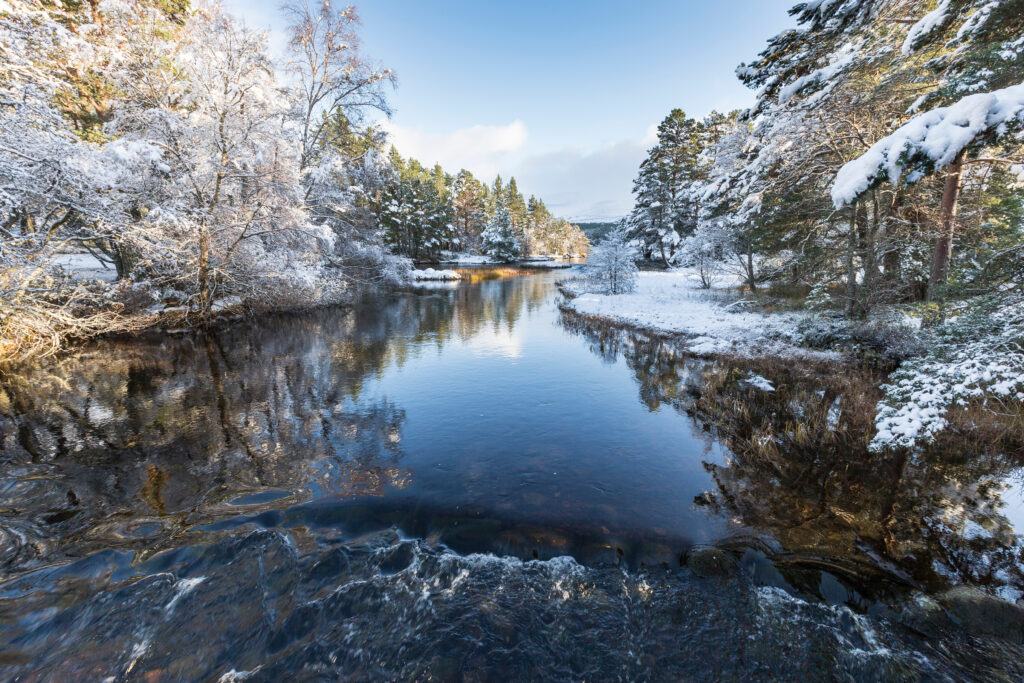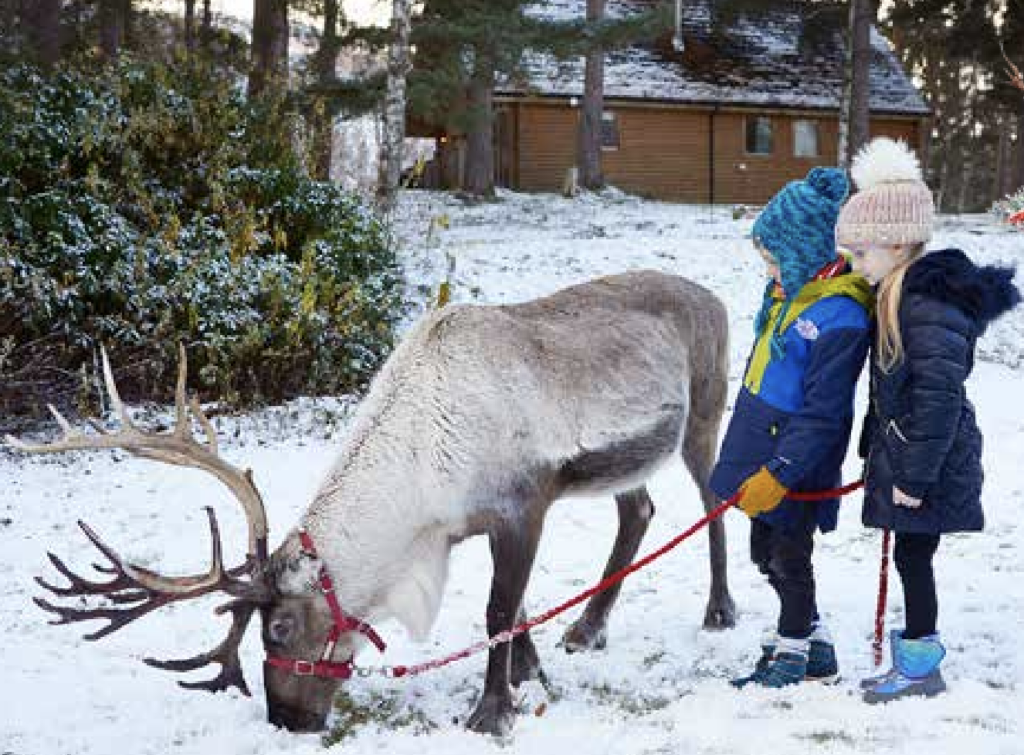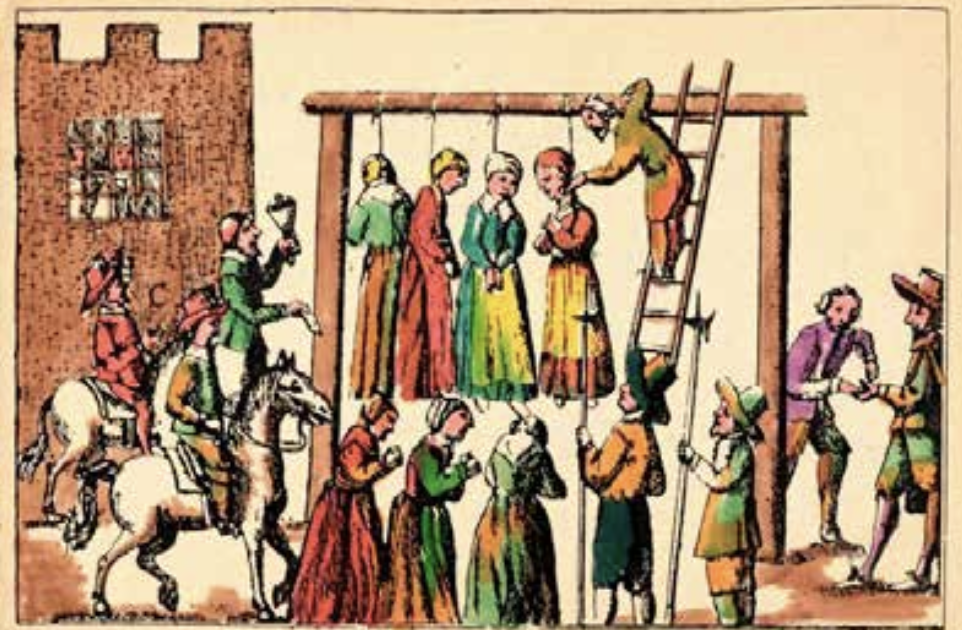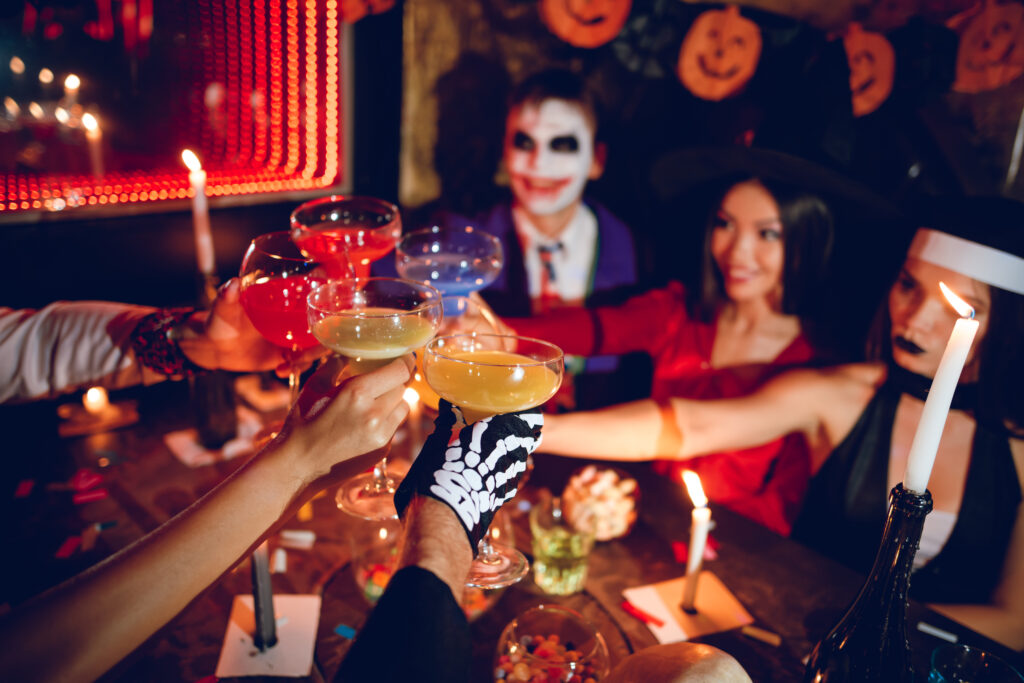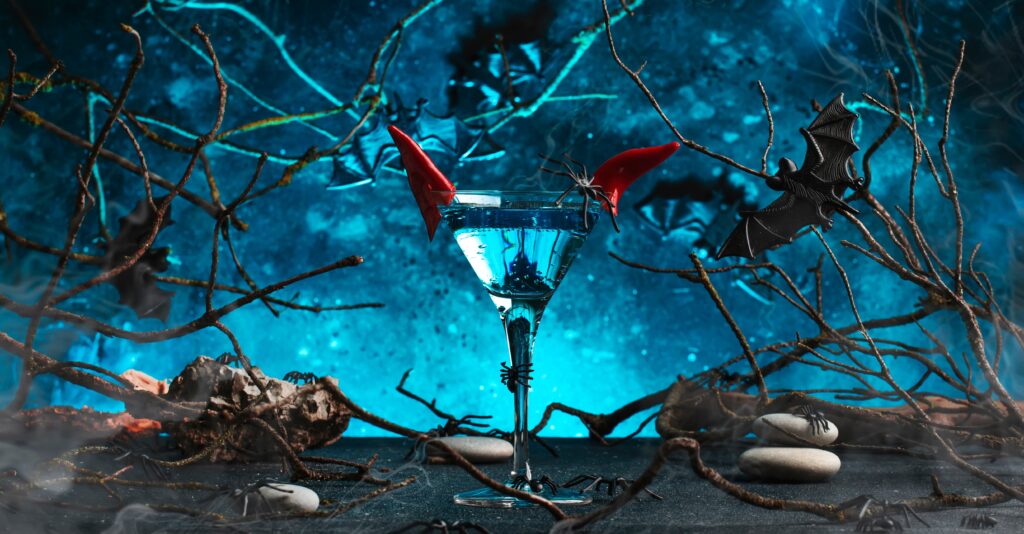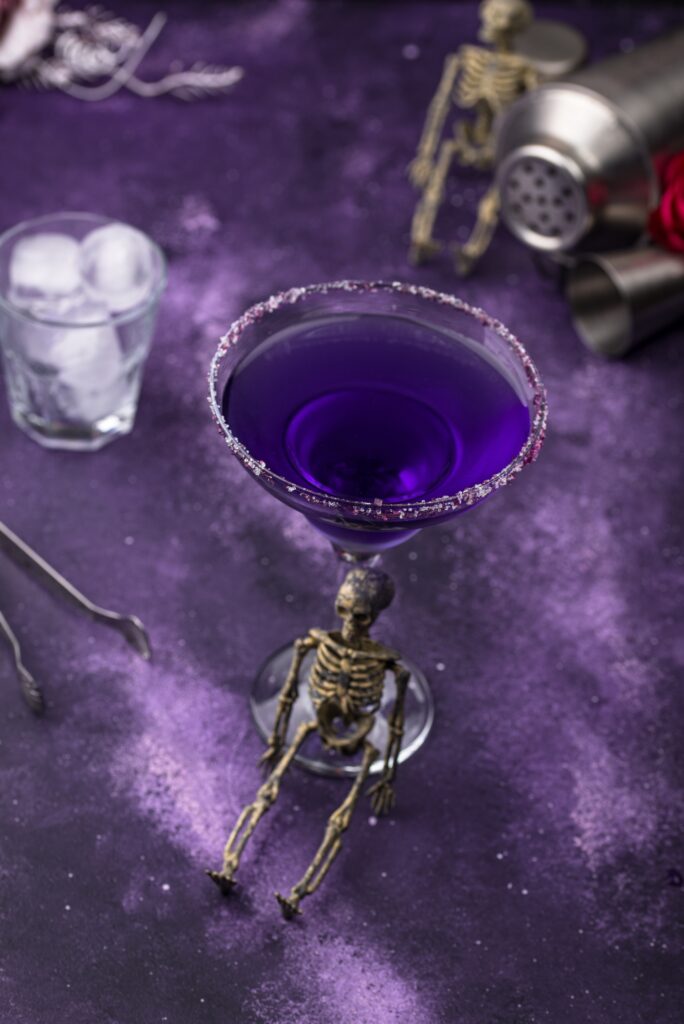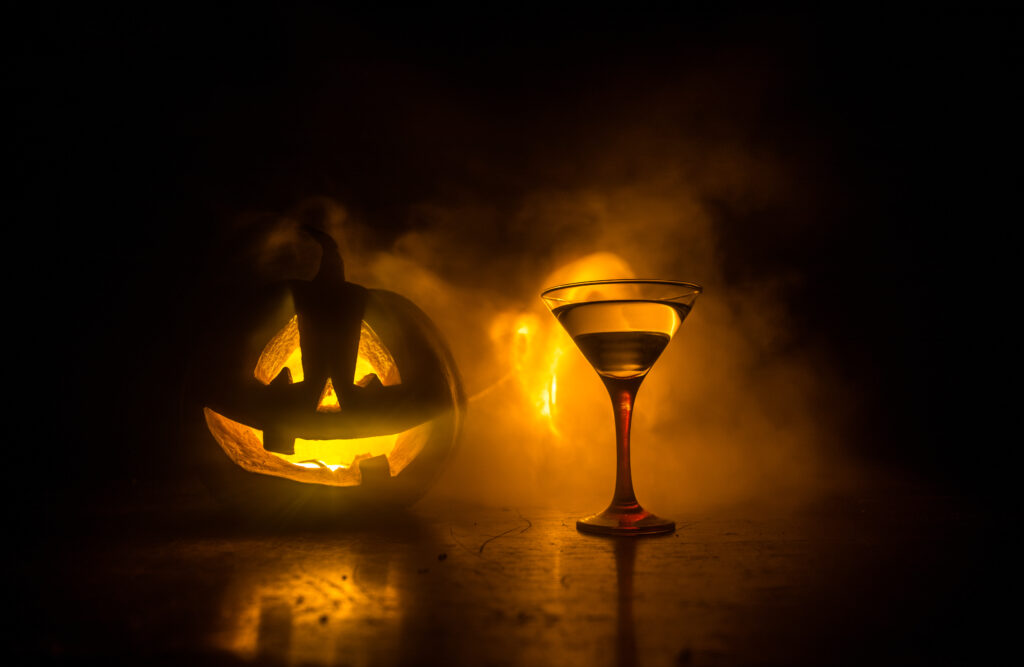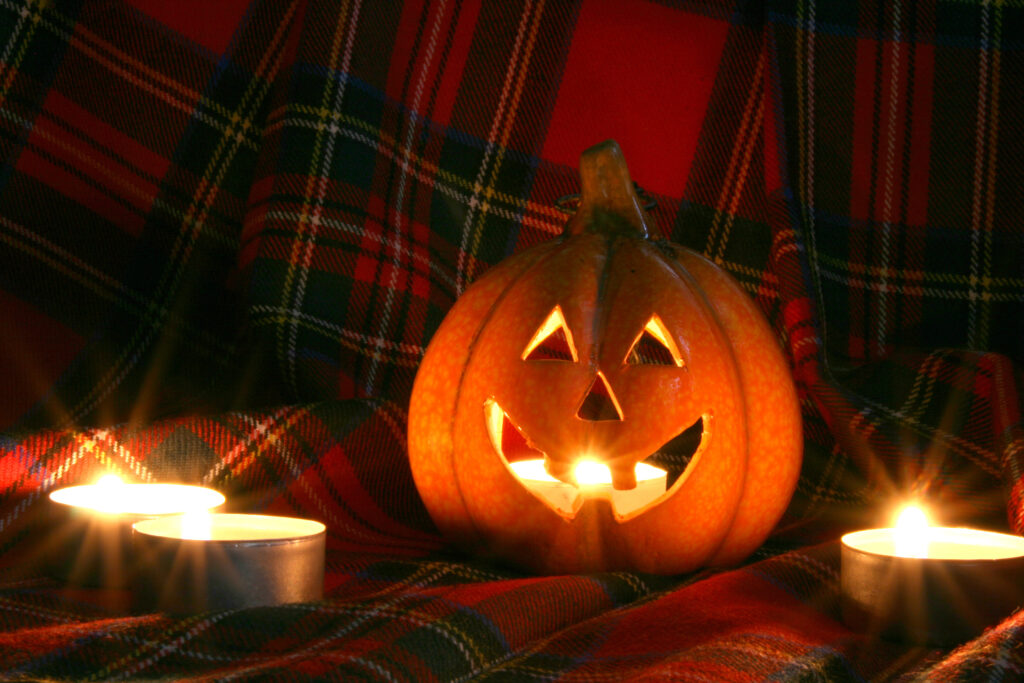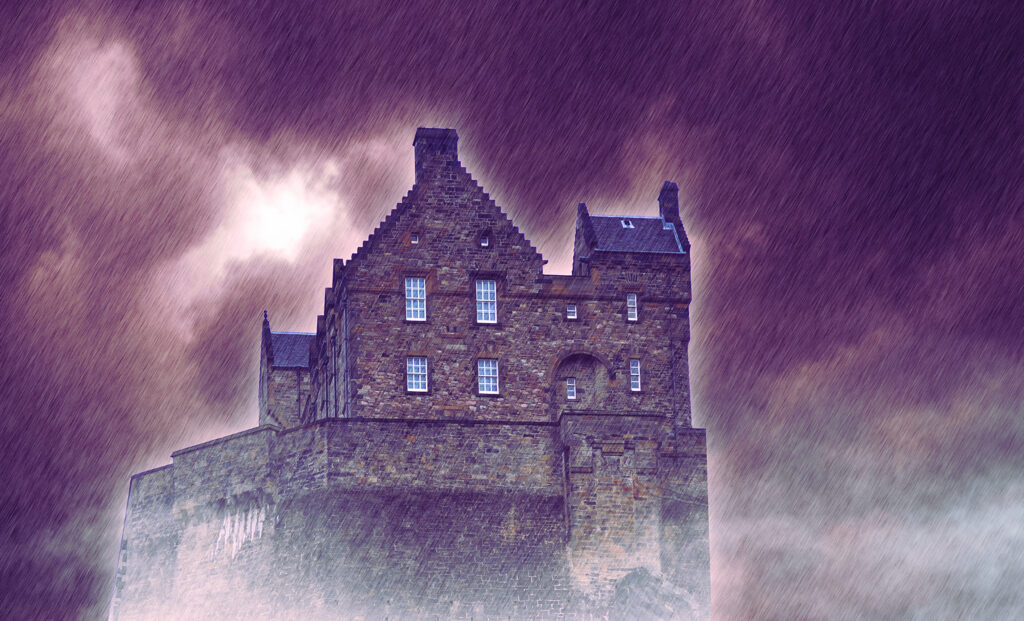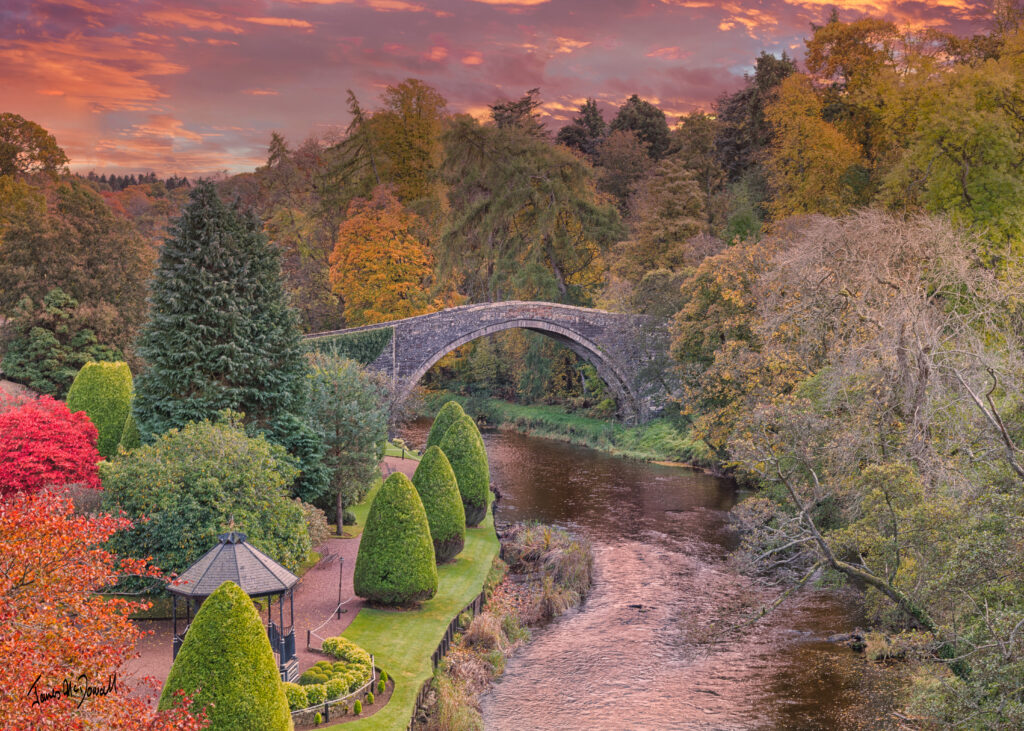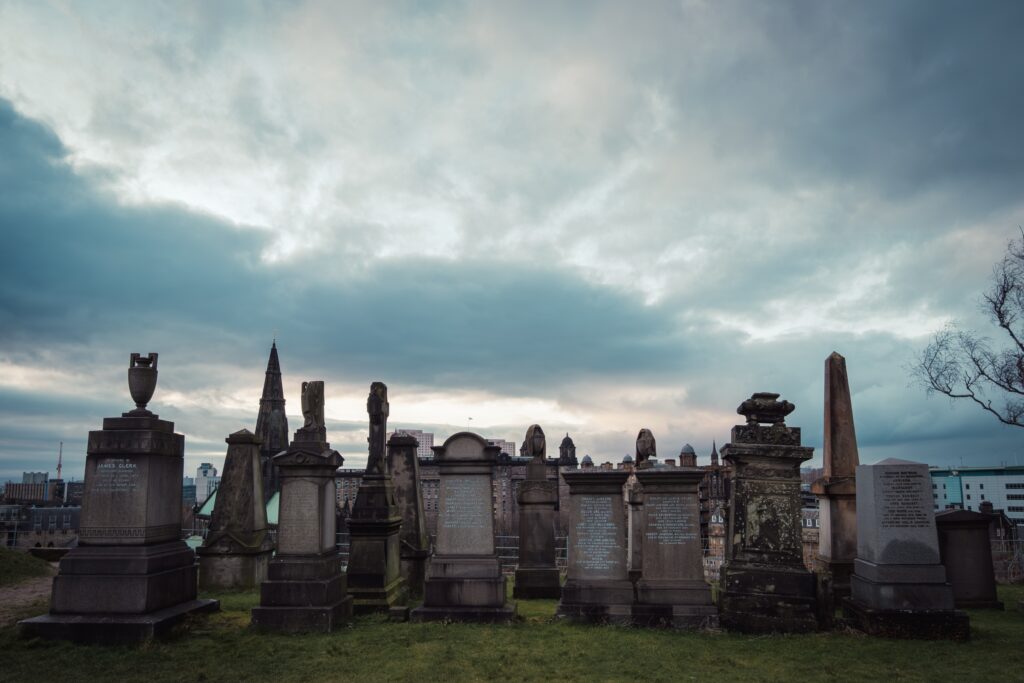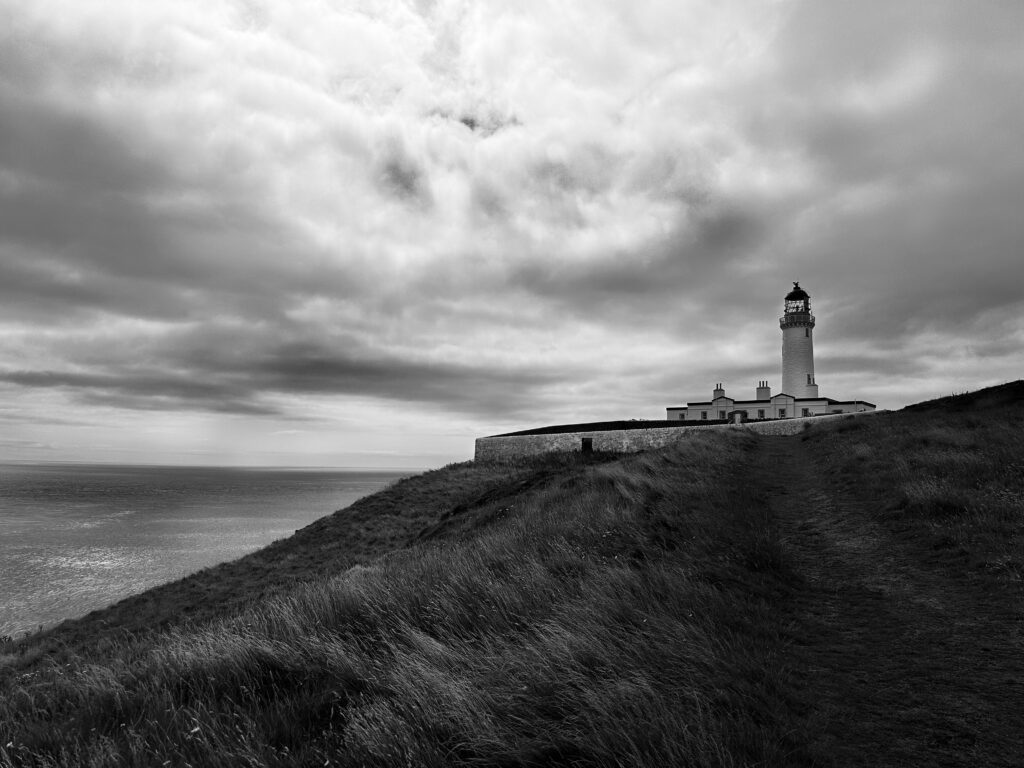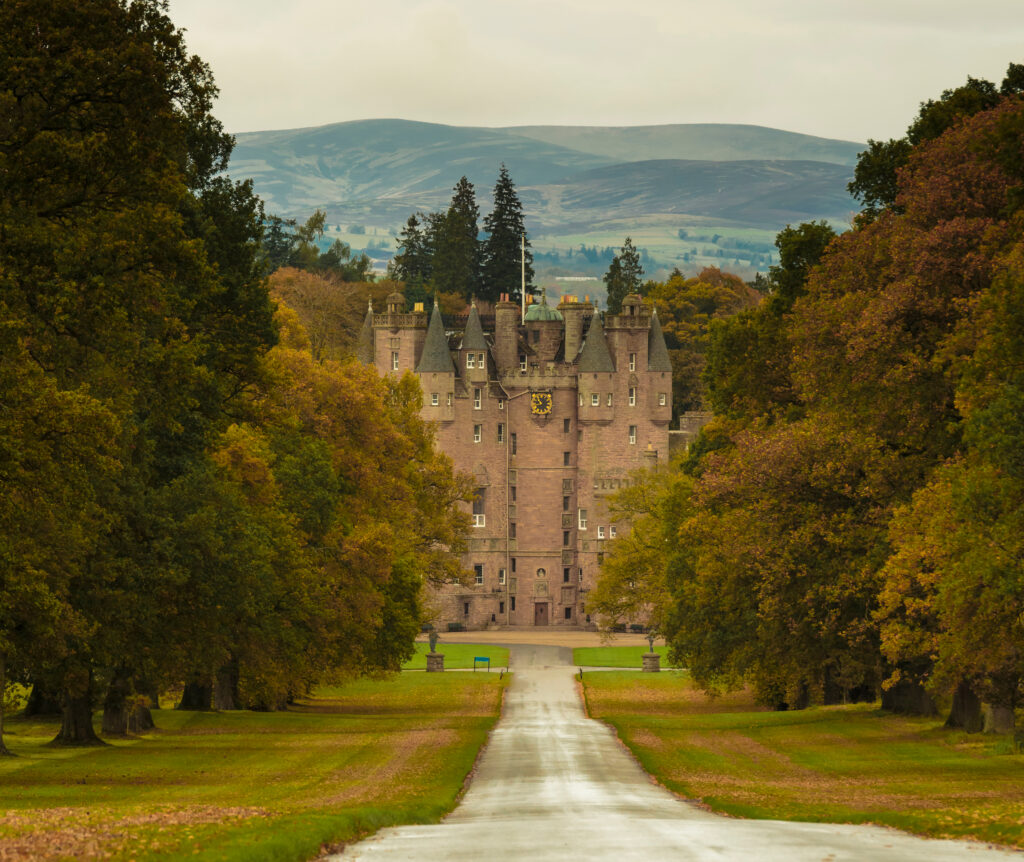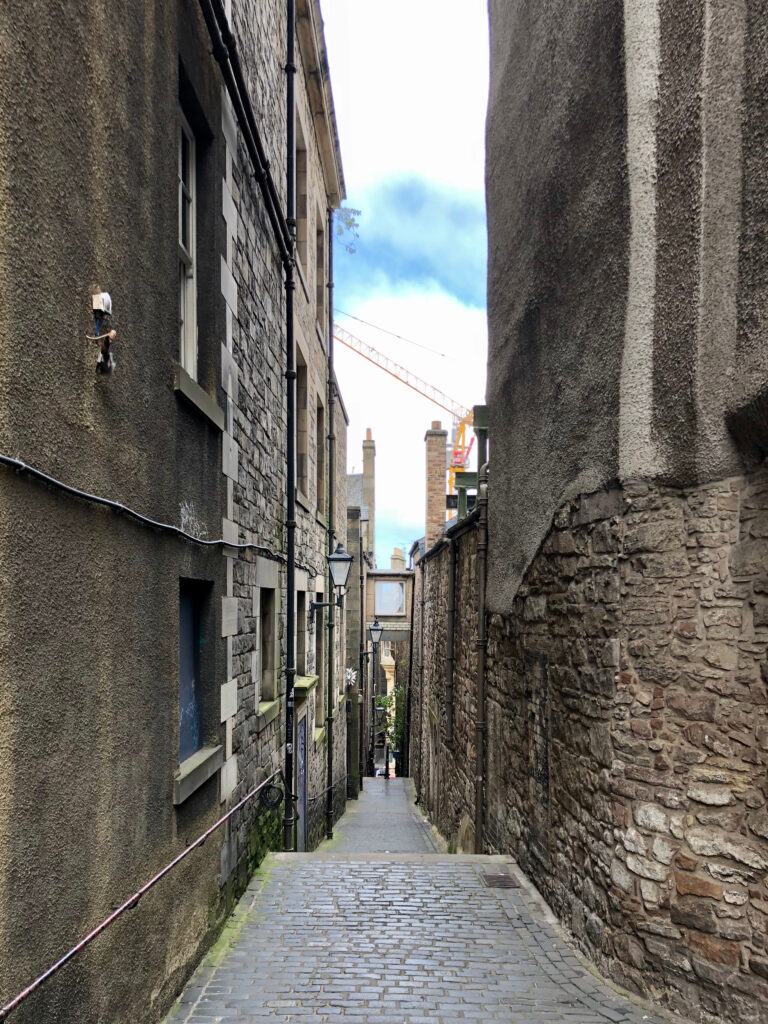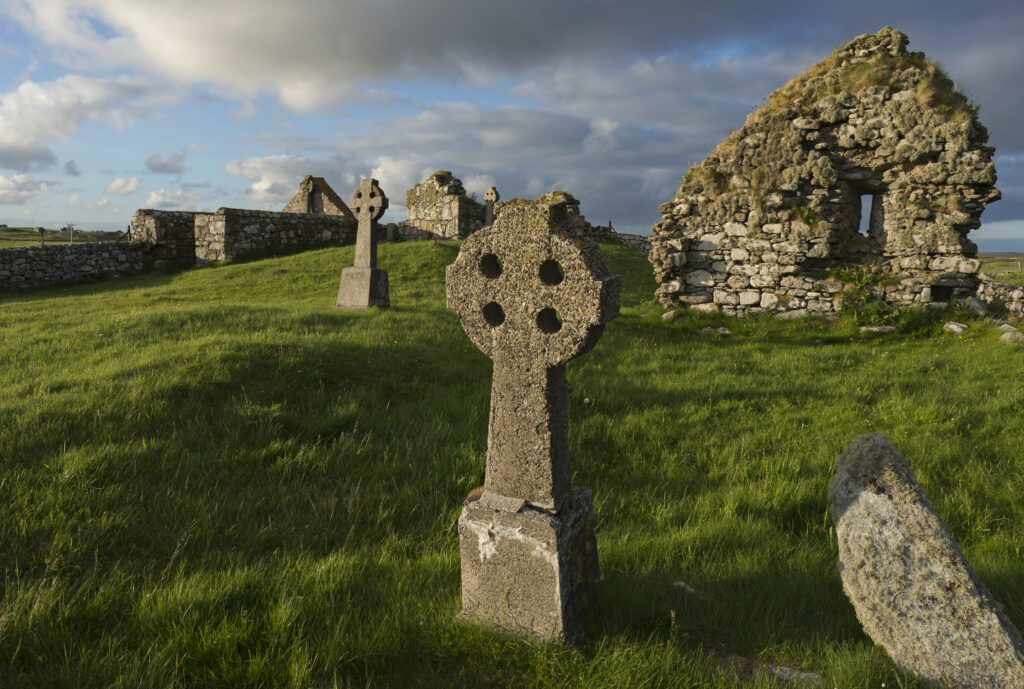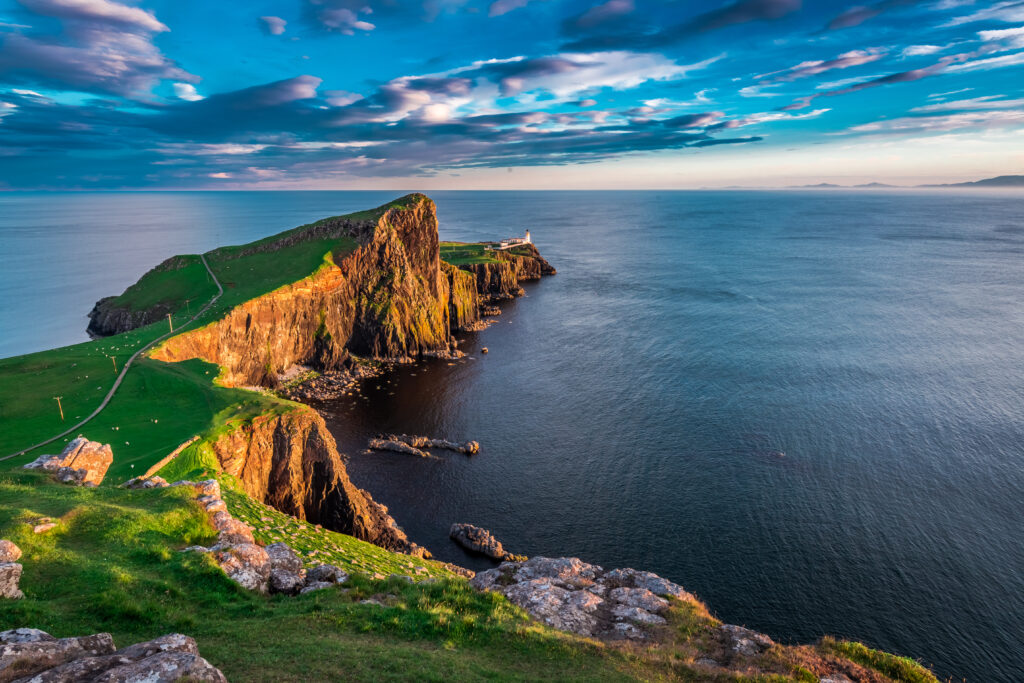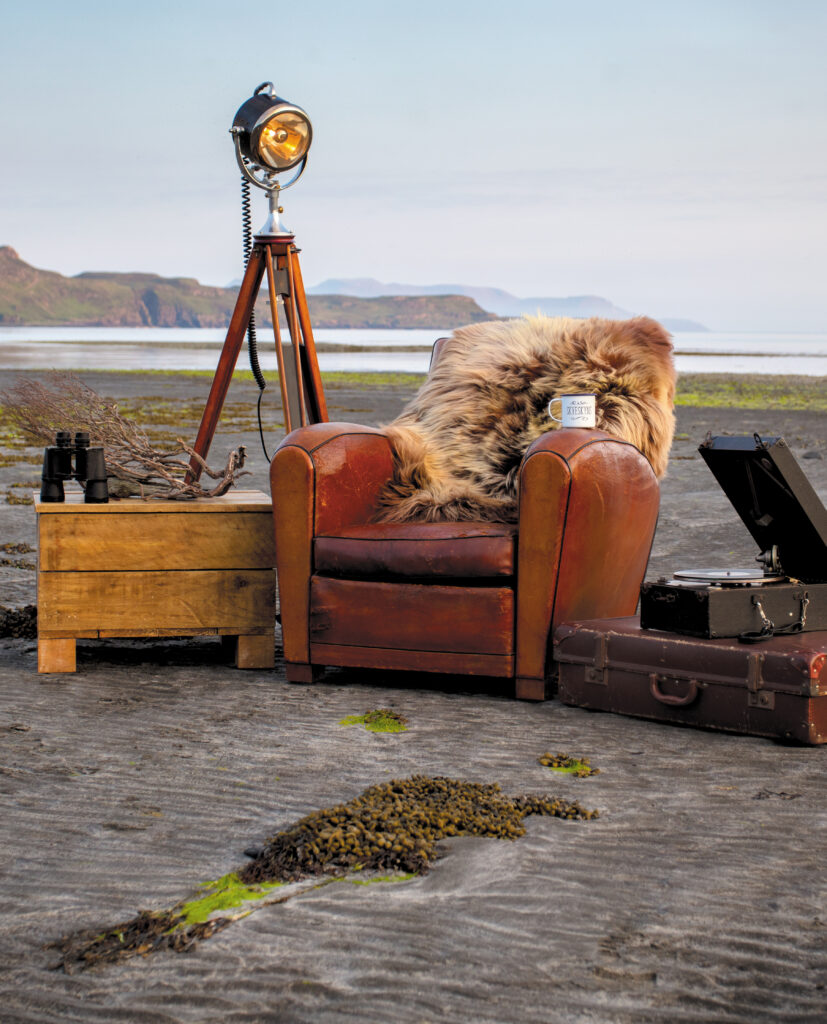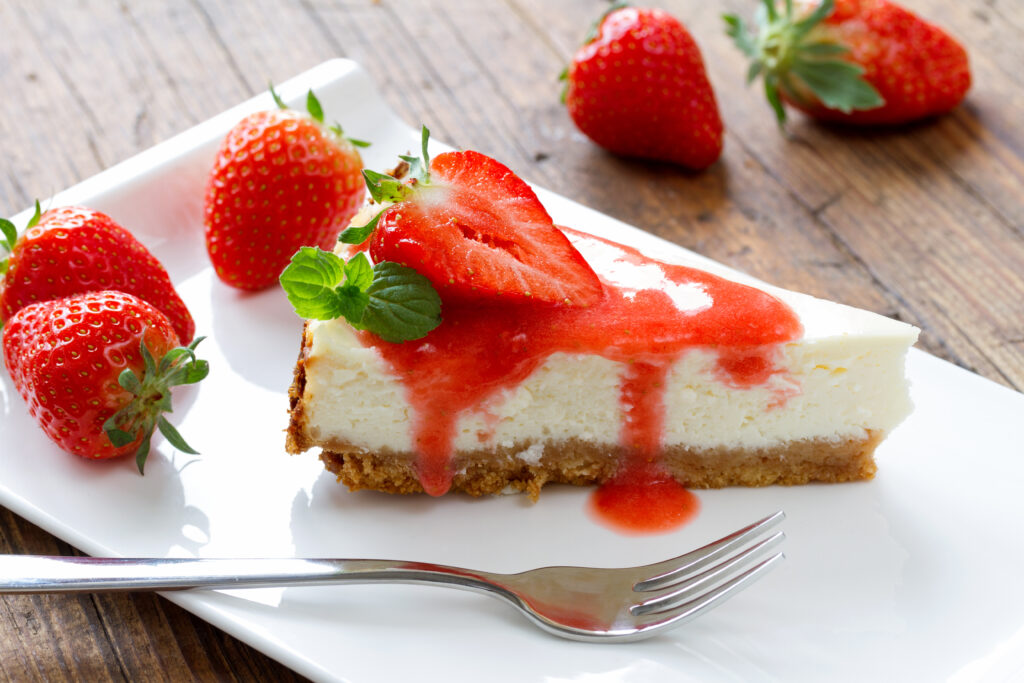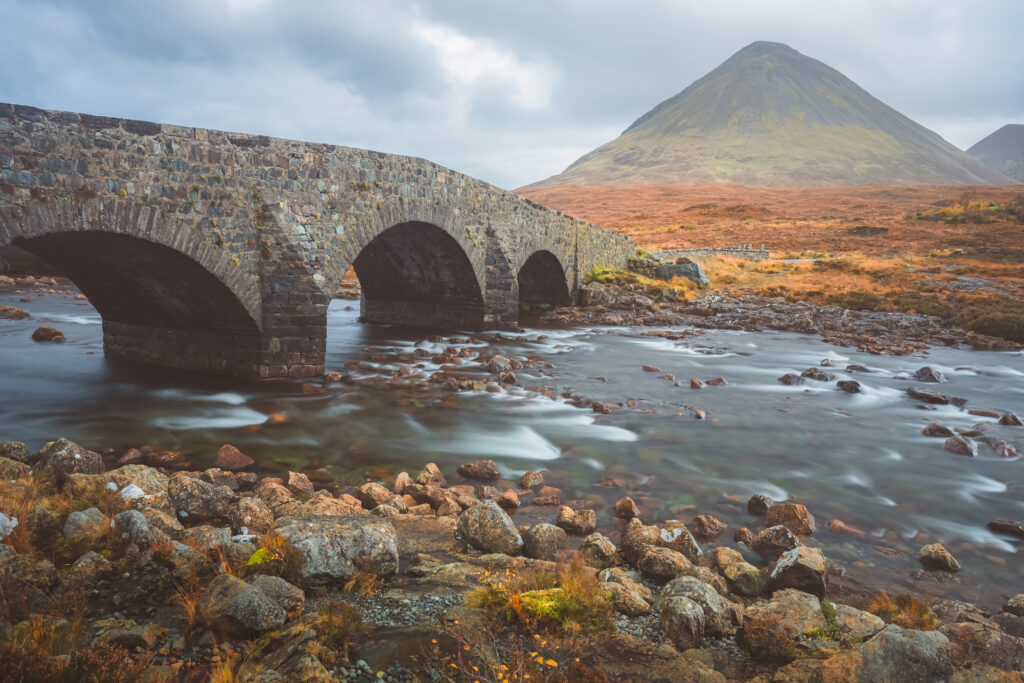Every festive season, the picturesque Highland town of Aviemore and its breathtaking mountain backdrop are magically transformed into a stunning Christmas haven for Scots
Decades of holiday memories confirm that Santa Claus’ home in Scotland is the town of Aviemore. The winter sports resort surrounded by Cairngorm National Park welcomes visiting families each year to the capital of Christmas in the Highlands.
The story of the mountain resort starts in 1961 with a chairlift. There has been a settlement at Aviemore since at least as far back as the 1600s and the stone circle in the town hints at a more ancient past. The arrival of the railway produced the first flutter of attention from Victorian holidaymakers. However, it wasn’t until the opening of The White Lady chairlift in December 1961 that the potential of Cairngorm for leisure was realised.
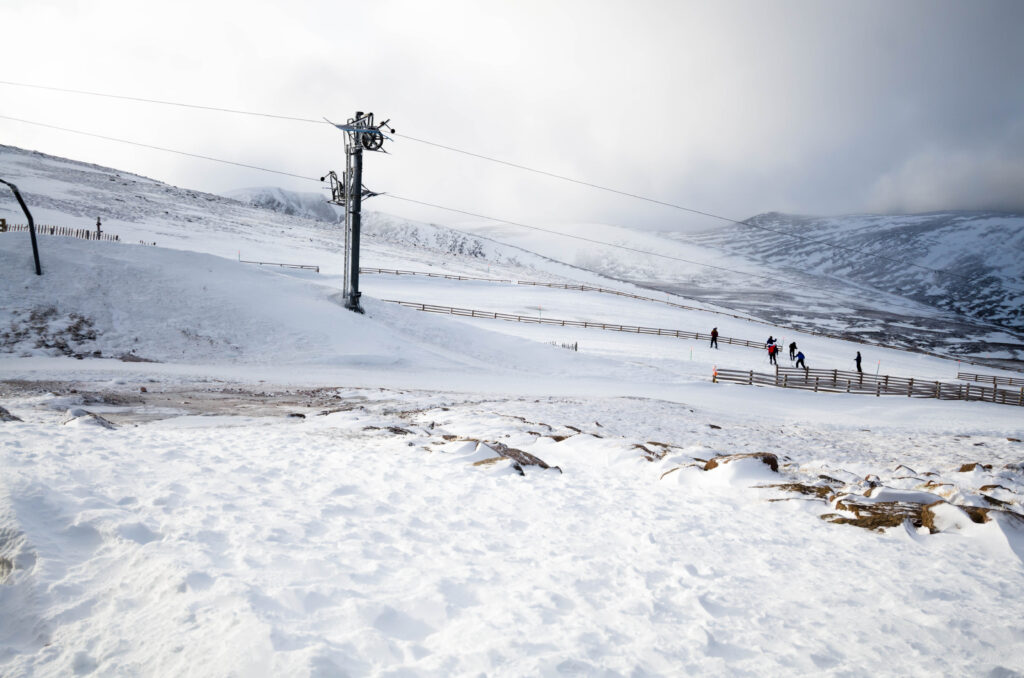
Skiers now had the first directly accessible piste close to Aviemore with reliable late-season snow. Enter department store magnate Lord Fraser of Allandale and brewer George McEwan Younger. The due envisaged Scotland’s answer to the Alpine resorts of Europe, designed to appeal to a new generation of holidaymakers.
They set out to create the first all-weather resort in the UK, leading to the construction of the Aviemore Centre in 1966. It quickly became a major Scottish tourist destination. There was a cinema, shops, restaurants, and a swimming pool – all surrounded by new chalets, hotels and lodges for the ultimate holiday experience in the Highlands. The kitsch Santa Claus Land and its go-kart track, set against the dramatic landscape, were a highlight for young visitors.
A new funicular railway in December 2001 signalled the beginning of a period of optimism which was enhanced by the creation of the Cairngorms National Park in August 2003.
The tradition of family holidays has endured – Aviemore is one of the best places in Scotland for a break with kids. Santa Weekends at Macdonald Aviemore Resort have brought festive traditions into a new era Part of the magic of the trip is when children have the chance to meet Santa in his woodland grotto, visiting the elves’ workshop before being introduced to real reindeer.
The Cairngorm reindeer herd, first introduced in 1952 by Swede Mikel Utsi, is the only free-ranging herd found in Britain, roaming the countryside around Aviemore. There are around 150 animals living on the nearby mountains or on the Glenlivet Estate. The centre that manages the herd partners with Aviemore Resort to introduce the reindeer to guests as part of their stay.
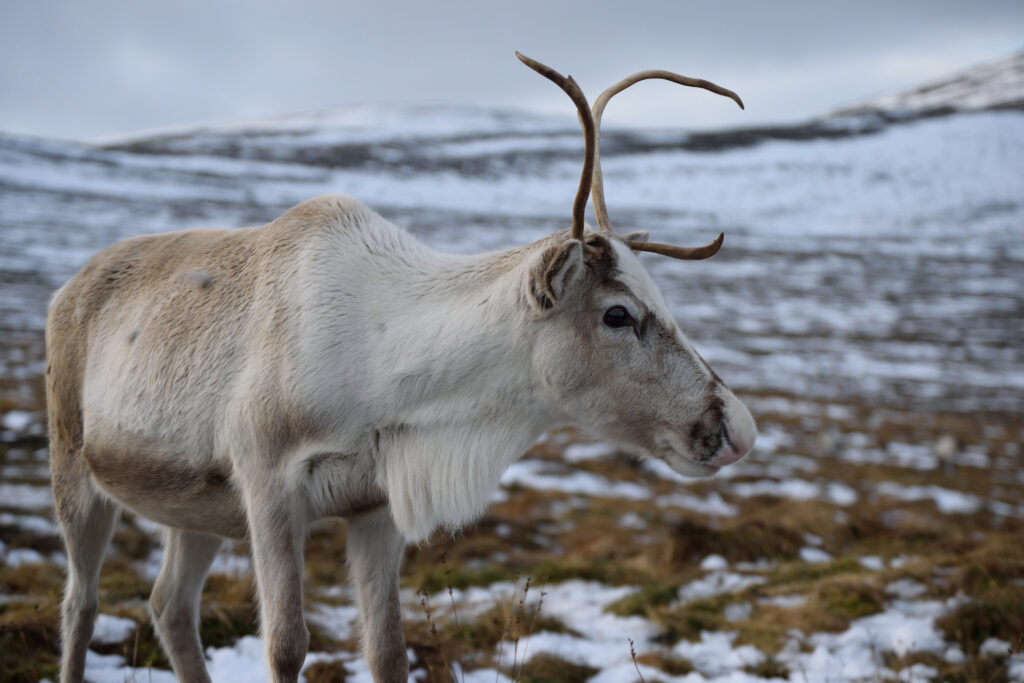
The festive entertainment continues with a live Christmas panto that’s produced each year within the resort. There’s a full Scottish breakfast each morning, Christmas film screenings, family discos and an opportunity to swim in the indoor lagoon pool with flumes and wave machine.
On Christmas Day itself, the resort offers a lunch menu that starts with dishes like ham hock terrine or spiced parsnip soup before continuing with roasted turkey crown, Scottish sirloin of beef in a red wine jus or monkfish fillet wrapped in pancetta. For dessert, Christmas pudding in brandy sauce or blackberry cranachan trifle with spiced oats, bramble fruit, Chantilly cream and almond praline.
Iain Miller, managing director at Macdonald Aviemore Resort, says: “We really are at the heart of everything here in the Cairngorms, and it’s a place where families have been coming to for generations. Traditions are easily forgotten about nowadays, but Aviemore has really stood the test of time as a place of celebration across Christmas and into the New Year.
